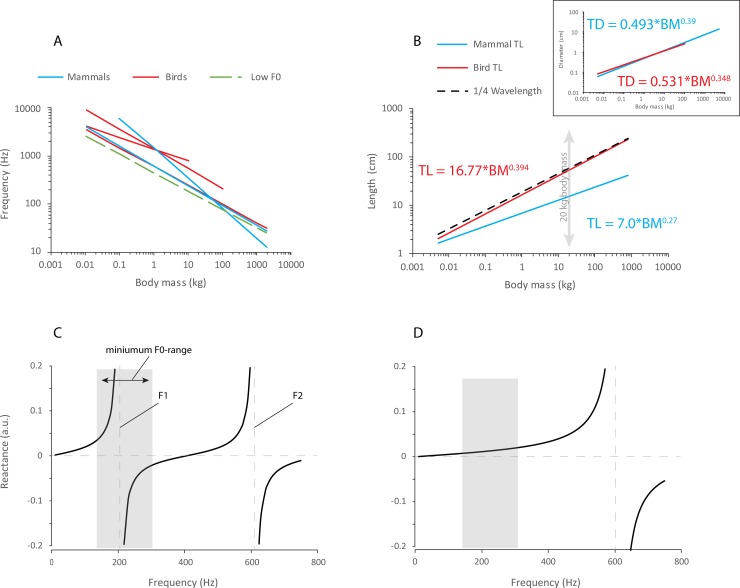Fig 6. Acoustic characteristics of the avian and mammalian trachea.
(A) The relationship between BM and fundamental (or dominant) frequency has been studied many times in birds and in mammals. A summary of model functions is provided in S2 Table. The regression curves for birds (red) and mammals (blue) suggest that the slope of the relationship is similar in both groups. An average regression model (F0 = 450 × BM−0.38) was used to estimate wavelength. Wavelength is the ratio of speed of sound (340 m/s in warm humidified air) and F0. (B) The tracheal length of birds appears to be much closer to the wavelength of F0 than that of mammals. The length and diameter of the mammalian trachea were modeled after data published by Tenney, Bartlett [17], and Moore and colleagues [76] and that of the avian trachea were modeled after data published by Hinds and Calder [18]. For a given body size, the mammalian trachea is acoustically much shorter than the avian trachea. (C, D) The graphs illustrate the relationship between vocal tract reactance and fundamental frequency for a 20-kg bird or mammal, respectively. Frequency range was established from various models listed in S2 Table. In both birds and mammals, the lowest fundamental frequency overlaps with the positive reactance range, i.e., the left side of F1. The close match between tracheal length and quarter wavelength of the fundamental frequency in birds provides the most dramatic supportive interaction. BM, body mass; F0, fundamental frequency; F1, first formant; F2, second tracheal formant.

